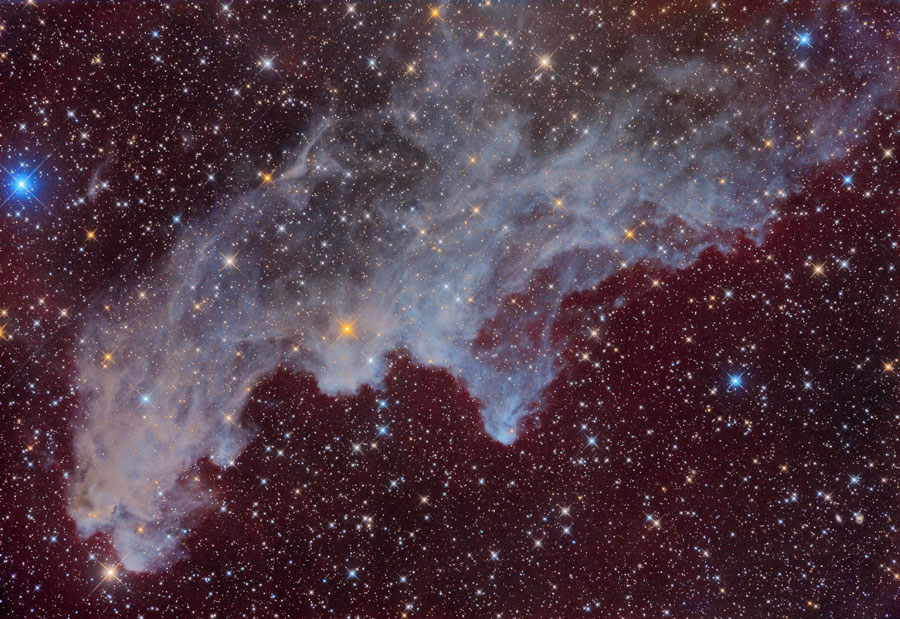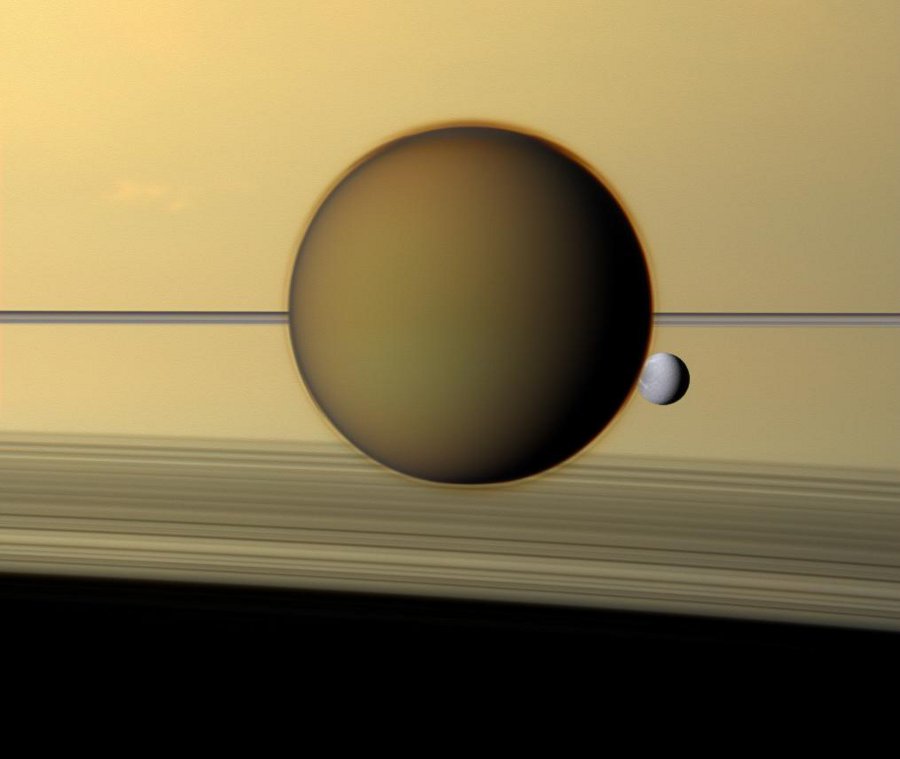Charles Messier was born in Badonviller, Lorraine, France on June 26, 1730 and died in Paris, France on April 11 (or 12), 1817.
The exact date of Messier’s death is still unknown to this day.
He was the tenth out of a family of twelve children.
His father died when he was only eleven years of age, but that did not prevent him from achieving great things.
In 1751, he moved to
Paris, where he did not know one soul. He was hired by astronomer Joseph-Nicolas Delisle to copy maps and record observations.
In 1755 Delisle got Messier a job as a clerk at the observatory in
Paris with a salary of five hundred francs including room and board at the Hotel de Cluny.
In 1759, on January 21
st, he spotted
Halle’s comet but was told to keep this a secret by Delisle, who also swore him to secrecy a year later with a similar occurrence.
This was due to the fact that many other French astronomers had not yet seen
Halle’s comet.
In total, Charles Messier observed roughly 41 comets and discovered 12.
He therefore became well noted in the world of astronomy and was admitted to the Royal Society of London in 1764 and became a member of the academies in
Berlin and
St. Petersburg.
He later changed his title from “clerk” to “astronome” and was admitted to the French academy in 1770.
In addition to this, he also
became a member of the academies in Sweden, a member of the Netherlands Society of Sciences, and a member of the Institute of Bologna. In 1806 he received the cross of the Legion of Honor and started to write memoirs of his observations complete with his own personal maps. In his first memoir he included M1, M13, and the Andromeda Galaxy, among others. He was an excellent observer (though not a mathematician) who added to his list of observed object throughout his entire life. At times, he would use as many as 12 different telescopes to conduct observations. He is most well known for the catalogue of “Messier objects” that is still studied today. However, on November 6, 1781 he had an accident that caused him to be unable to observe for an entire year. He continued making discoveries and in 1817 he had a stroke which left him partially paralyzed. He passed away quietly in his home at age 87.



